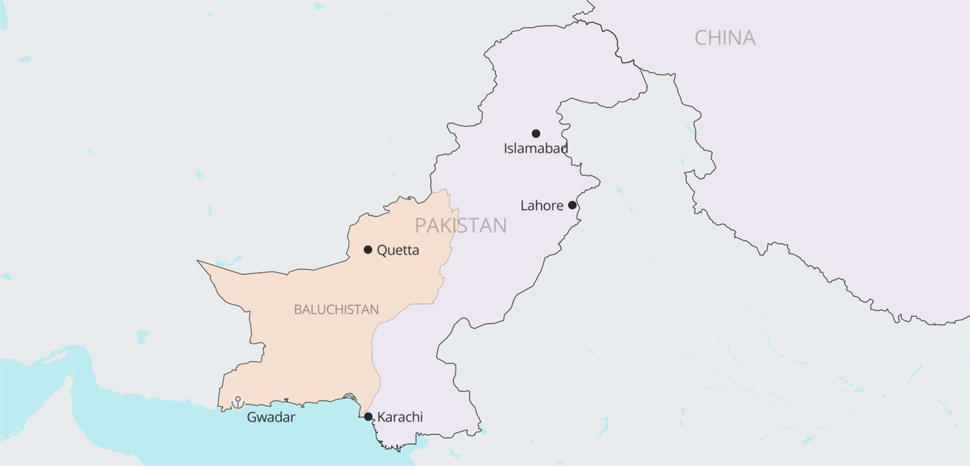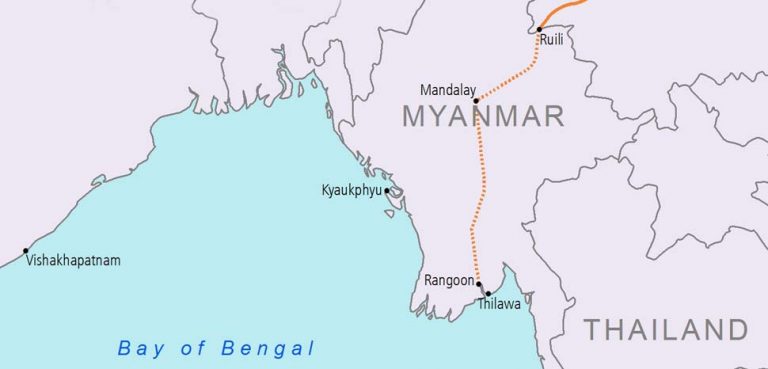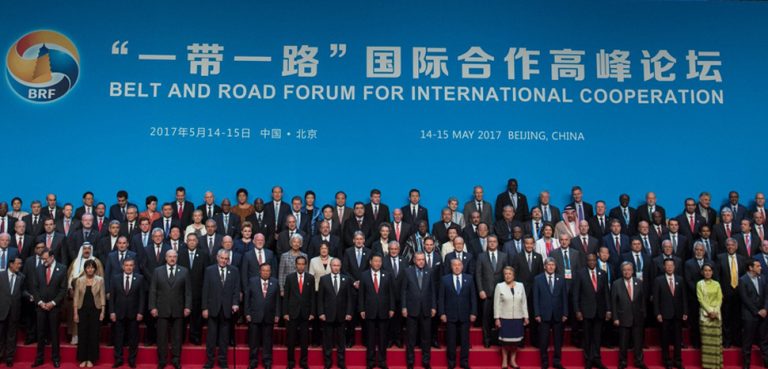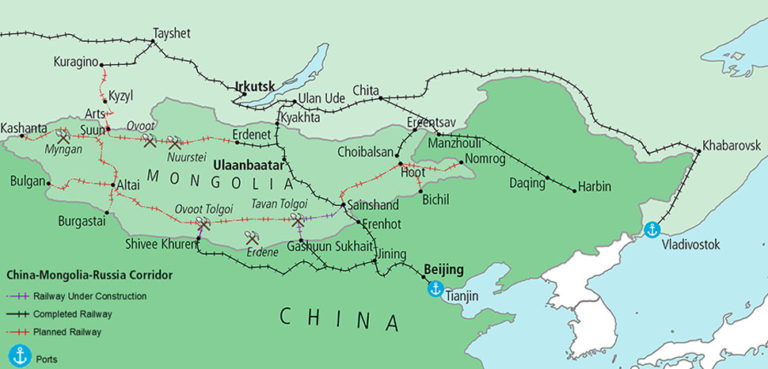The China-Pakistan Economic Corridor (CPEC) is one of the six trade corridors envisioned by China’s Belt and Road Initiative (BRI). First conceived in 2013 before being officially launched under the official banner of BRI in 2015, the initiative has now produced dozens of transport and energy infrastructure projects, which together serve to link the economies of China and Pakistan via Kashgar in the north, and the China-financed Arabian Sea port of Gwadar in the south.
The scale of investments envisioned by CPEC holds out the possibility of dramatically expediting Pakistan’s development track and resolving a litany of long-standing infrastructure deficiencies.
But now over six years later, has the CPEC corridor delivered on this original promise?
CPEC Corridor Background
The CPEC corridor been a major plank of China-Pakistan relations since it was launched in 2015. The initiative involves several aspects:
Sweeping finance inflows from China
CPEC grew out of bilateral economic policy dating back to 2013. These early efforts were officially re-launched in their present form – as the China-Pakistan Economic Corridor – by President Xi Jinping in 2015 as part of his landmark Belt and Road Initiative (BRI). The figure attached to CPEC at that time was approx. $50 billion in investments into new and existing infrastructure projects, coming mostly in the form of grants and concessionary loans. The total ballooned further in the years that followed as new projects were added to the tally.
Even at the lower end of the estimate, $50 billion is a transformational sum for a developing country, and would amount to around 20% of Pakistan’s GDP over five years (starting from 2017), boosting annual growth by around 3% over the same span.
Now with the benefit of hindsight, how many of the original projects have come to fruition? According to official sources, some $33 billion has been allocated to completed and ongoing projects, $11 billion of which has gone to road, rail, and other infrastructure, and $22 billion to power generation and transport.
Another study from MERICS concluded that some $25 billion worth of projects had been completed through June 2020. The disparity in the two estimates stems from the different methodology dictating which projects are considered a part of the CPEC corridor, as some bilateral development initiatives do not carry the official BRI branding.
One 2020 study from CSIS found that only around 25% of CPEC’s pledges had been realized – 32 of the originally announced 122 projects, representing $20 billion of the intended $87 billion in new investments (CSIS funding estimates). However, another $20 billion worth of projects had already broken ground and were under construction, bringing the total up to around $40 billion, assuming these projects are eventually completed.
A project completion rate of 80% (going by the original $50 billion estimate) would be considered a qualified success if regarded in total isolation. However, there are other matters to consider here. CPEC-related financing is not an act of charity; it was extended on the assumption that it would create new growth avenues that would allow Pakistan to pay off the considerable interest generated on Chinese loans over the course of the next decade.
So far this has not been the case.




